The Dáil has passed the Climate Action and Low Carbon Development Bill, with 129 TDs supporting the bill and 10 opposing it in the final-stage vote.
Voting against the Bill were; Seán Canney, Michael Collins, Michael Fitzmaurice, Danny Healy-Rae, Michael Healy-Rae, Mattie McGrath, Michael McNamara, Verona Murphy, Carol Nolan, and Peadar Tóibín.
The bill will move on to the Seanad next week.
The climate action plan is expected to be compiled over the summer, giving each sector specific reduction targets.
Some things are already set in stone and the framework for the bill has stated that sectoral targets will be legally binding.
Independent TD Denis Naughten has said he will introduce a piece of amending legislation in the autumn that will require Dáil approval of sectoral emission targets and include separate treatment for biogenic methane coming from agriculture, in line with the advice of the Climate Change Advisory Council.
What is the Climate Action Bill?
The Climate Action Bill is set to put Ireland on the path to net-zero emissions by 2050 at the latest.
It will put legally binding targets in place, with rolling five-year carbon targets set by the Government to meet the 2050 goal.
A target reduction of 51% in greenhouse gas emissions by 2030 has been set, with an aim of 7% per annum.
What are the targets for the agriculture sector?
It is difficult to know exactly how the bill will impact upon farmers until agriculture’s emission reduction target has been set.
The cross-sector reduction target of 7% per year has been established.
Individual sectoral targets will likely be determined over the summer, potentially necessitating capping the national herd or expanding afforestation efforts.
Not all of the agricultural emission reduction mechanisms will be as unpopular or costly.
Among the less contentious reduction strategies evaluated by Teagasc, the use of protected urea, low emission slurry spreading or shorter animal housing periods all appear more attractive for farmers to improve returns and cut emissions.
When do the targets start being counted?
Targets will start being counted for the first five-year period from 2021.
What does the bill say about farmers?
The bill only mentions agriculture once in regard to biogenic methane where it says it recognises “the special economic and social role of agriculture, including with regard to the distinct characteristics of biogenic methane”.
What is biogenic methane?
Biogenic methane is the term that is used for methane emitted mainly by the belching of livestock.
While carbon dioxide can remain active in the atmosphere for several hundred years, methane is a powerful but shortlived greenhouse gas that breaks down in about a decade.
Methane accounts for about 63% of all emissions from agriculture. It is still not known how this will translate into setting targets.
What happens if the agriculture sector doesn’t reach its targets?
If agriculture misses targets for the five-year period, additional corrective measures could be introduced.
However, if a sector manages to overachieve and exceed its targets, then its targets for the next five-year period will be reduced.
This could potentially see a sharing out of emission targets if some sectors do better than others.
The EPA will monitor annual emissions and a number of things can happen if agriculture misses emission targets.
The Government can also be held to be in breach of the law if targets are missed.
Who will be in charge of setting targets?
The Government will oversee setting targets for each sector. Tánaiste Leo Varadkar has said that individual ministers will be answerable for ensuring their sector reaches targets.
Local authorities will also be required to produce individual climate action plans - this could see some counties where farming practices are more intensive create substantially different plans.
What measures can the sector take to meet targets?
Cutting the national cattle herd was previously floated by the Climate Change Advisory Council, which suggested a scenario where 53% (536,000) of suckler cows would be culled by 2030.
Under the Climate Action Bill targets published this week, a potential cull could be substantially bigger and affect dairy and suckler herds.
Other less drastic solutions include a massive take-up of low emission slurry spreading, protected urea and forestry.
It is understood that a carbon trading scheme between farms has also been discussed by the Department of Agriculture.
What is agriculture’s special status?
Methane produced by Irish livestock, which comprises 63% of all agricultural emissions, is set to achieve special status in the bill.
The status granted recognises the “special economic and social role” of agriculture and seeks to address possible differences in the emission-accounting mechanisms, which may overestimate the climate impact of biogenic methane.
Irish farmers are facing the very real prospect of having to make deep cuts to cattle numbers over the coming decade.
As part of the bill, every sector of the Irish economy, including agriculture, will be legally required to halve carbon emissions by 2030.
Significant cuts to cattle numbers now look highly likely if the sector is to meet its legally binding targets
With methane from livestock accounting for almost 60% of carbon emissions in farming, significant cuts to cattle numbers now look highly likely if the sector is to meet its legally binding targets - unless transformative methane-reducing technology, such as seaweed additives, becomes widely available or the IPCC changes its accounting metrics for methane.
Analysis carried out by the Irish Farmers Journal shows that without these tools, reducing methane levels by 50% by 2030 would require a cull of 3.4m cattle from the total herd.
Even in a less-ambitious scenario, where methane emissions need to fall 30% by 2030, the size of the national herd would need to be reduced by almost 2m head.
The bill almost certainly means an end to growing herd sizes over the coming decade. The Department of Agriculture insists its AgClimatise roadmap and a cap on cattle numbers will be enough to meet the targets.
However, given the scale of the cuts required under the Climate Action Bill, not to mention that all carbon budgets will be legally enforceable, it is very hard to see how agriculture cannot achieve emissions reductions without a major cut in cattle numbers.



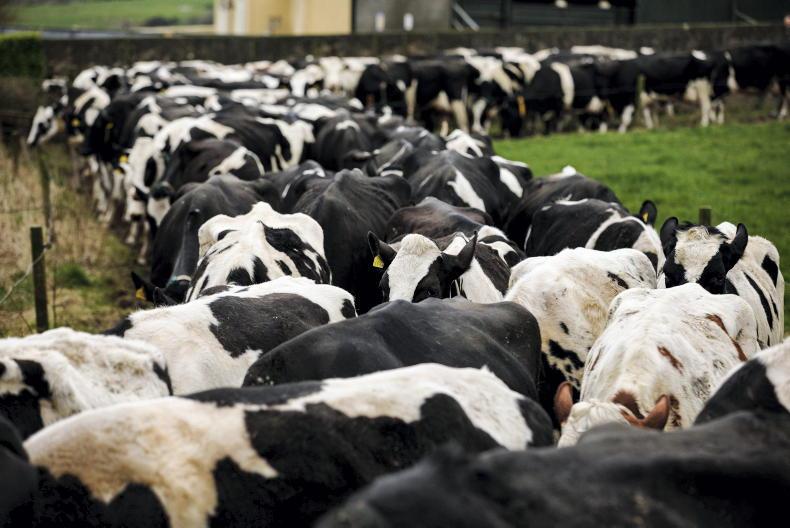

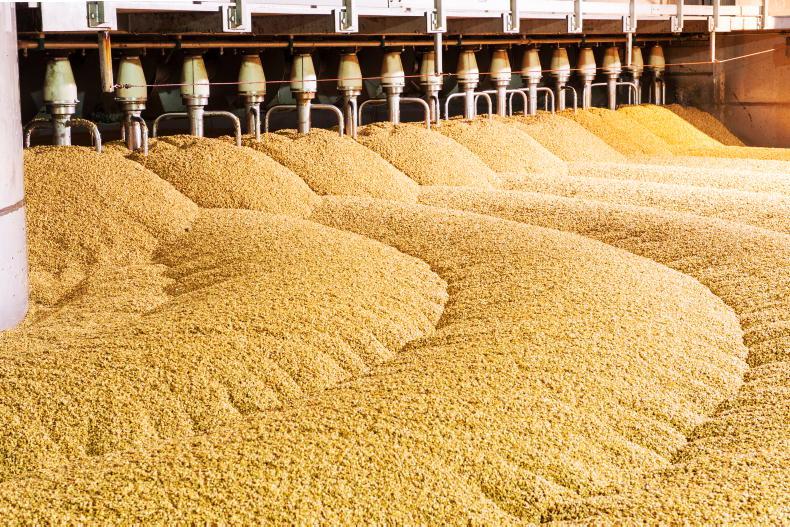
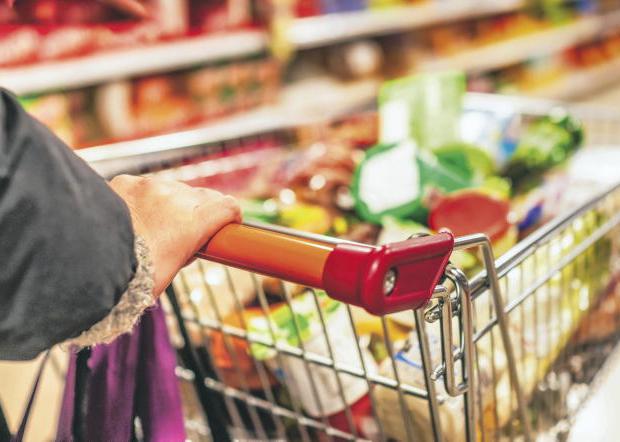
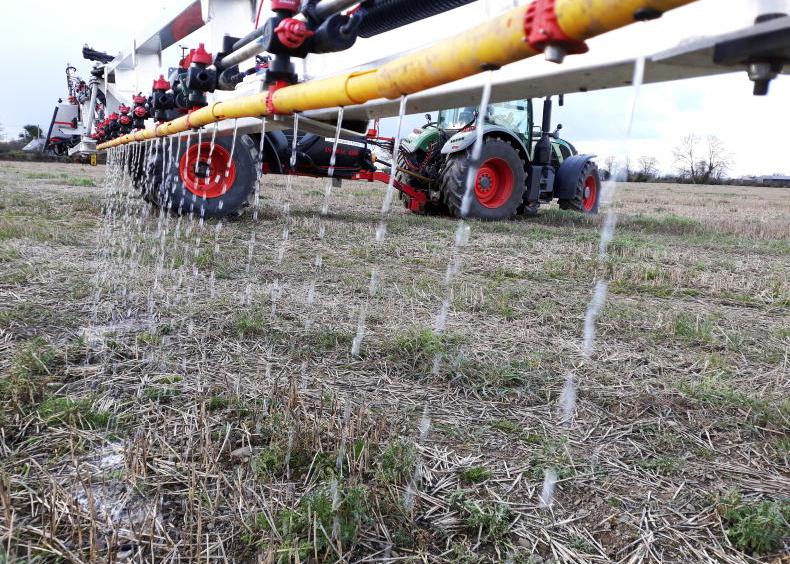
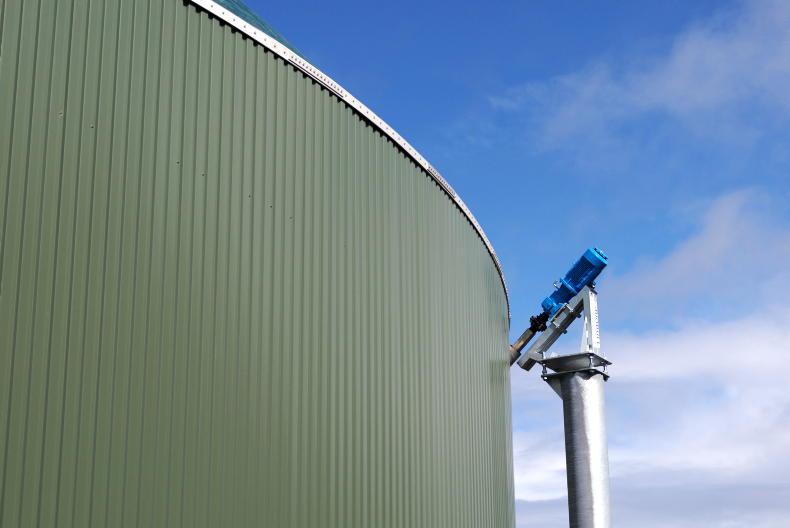
SHARING OPTIONS